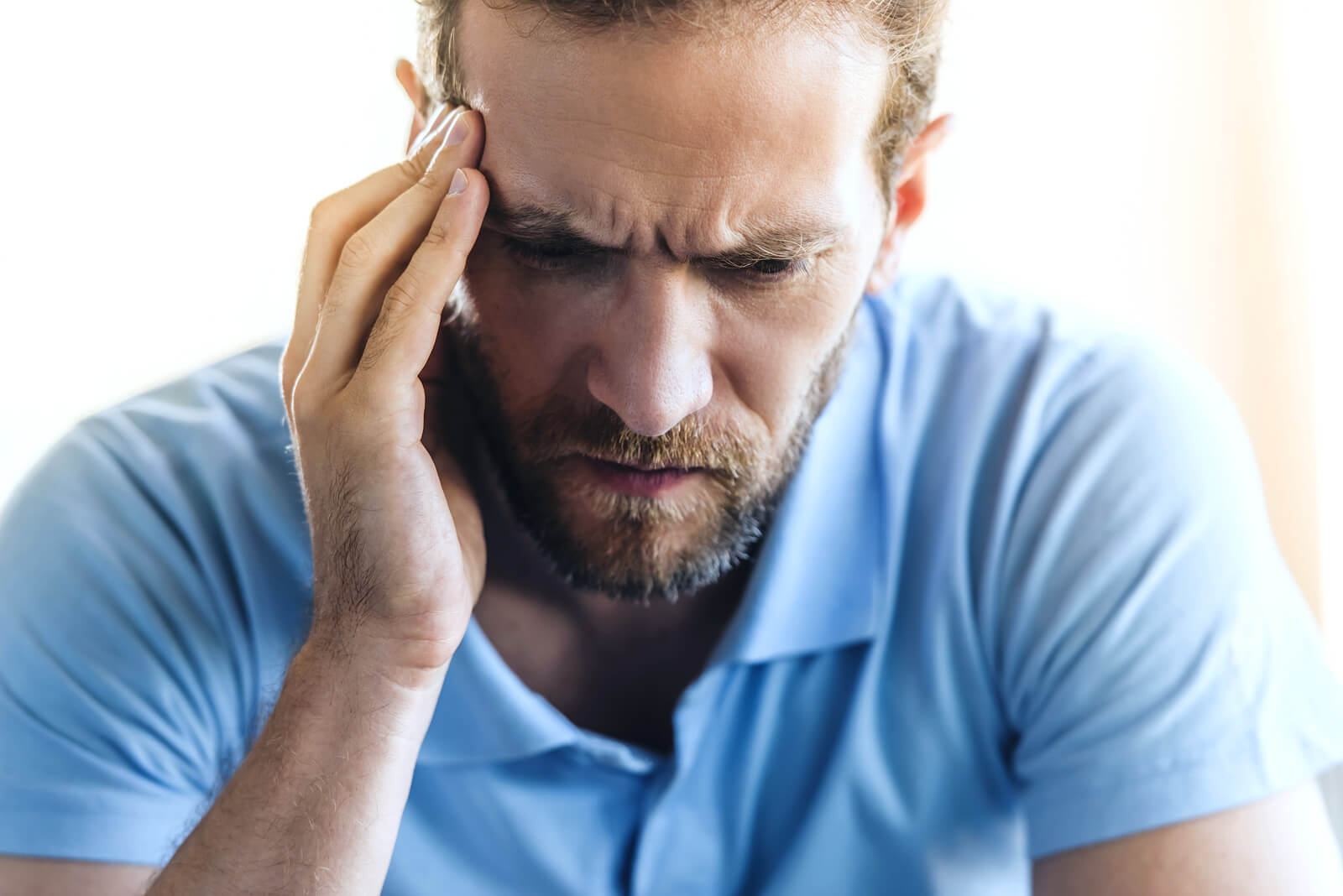Overview and anatomy
Cervicogenic Headache (CGH) is a headache which is arising from structures in the cervical spine/neck. Most commonly these will be joints that reside high up in the neck.
When structures get sore our brain interprets these signals and outputs a pain response – all injuries will generally have a widespread pain area which we call ‘referred pain’.
In higher cervical spine structures, the referred pain will go into the head and the above imaged locations.
Causes
There is no strict cause for CGH but is linked with some form of activity or trauma which can overload the affected area. Common causes include:
- Prolonged postures in abnormal or strained positions (e.g. computer work, reading, head over basin at hairdressers)
- Prolonged, repeated, or unaccustomed lifting of weight particularly above head height or away from the body
- Quick movements which cause sudden pain to the neck (e.g. turning quickly, whiplash related pain)
Symptoms
Patients often describe an aching or throbbing sensation which starts in the neck and transmits towards the back of the head to the front of the head.
Usually made worse with physical activity or prolonged postures straining the neck.
Clinical features
- Unilateral headache without side shift
- Pain triggered by awkward head and neck postures/movements
- Pain reproduced with mechanical pressure over sore structures
- One sided neck and shoulder ache
- Reduction of neck movement on rotation testing
Prognosis
Recovery is individual and usually related to the cause.
With treatment there can be short term pain relief. Common cases can take 2-12 weeks
Treatment and management
Treatment is difficult and every patient will require individualized care.
There is a level of compliance required to ensure positive outcomes.
This will include activity modification, hands on physiotherapy treatment, and prescribed exercises.
It’s important to seek care from your Physiotherapist for fast relief!
Resources
1. Bogduk, N., & Govind, J. (2009). Cervicogenic headache: an assessment of the evidence on clinical diagnosis, invasive tests, and treatment. The Lancet Neurology, 8(10), 959-968.

